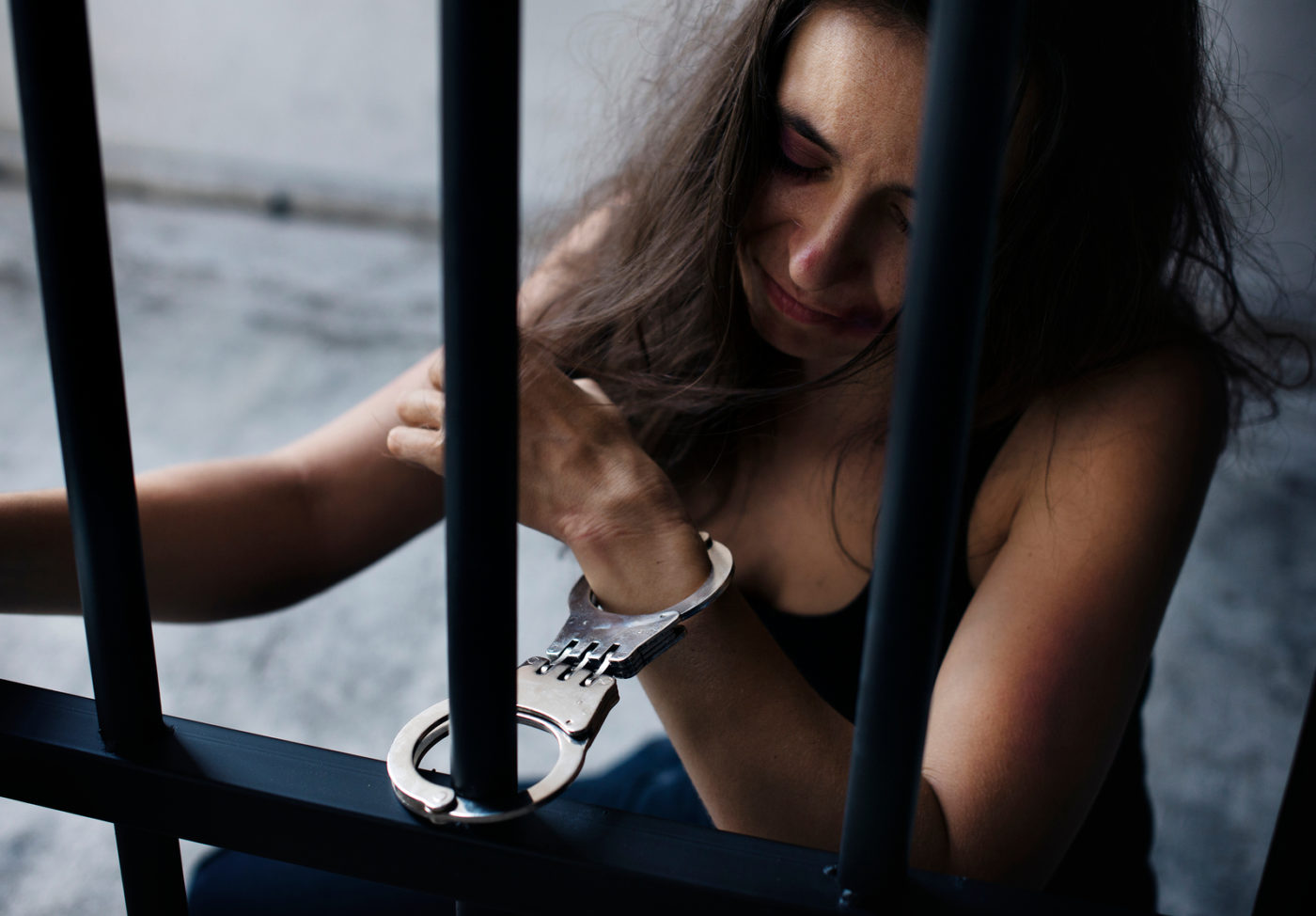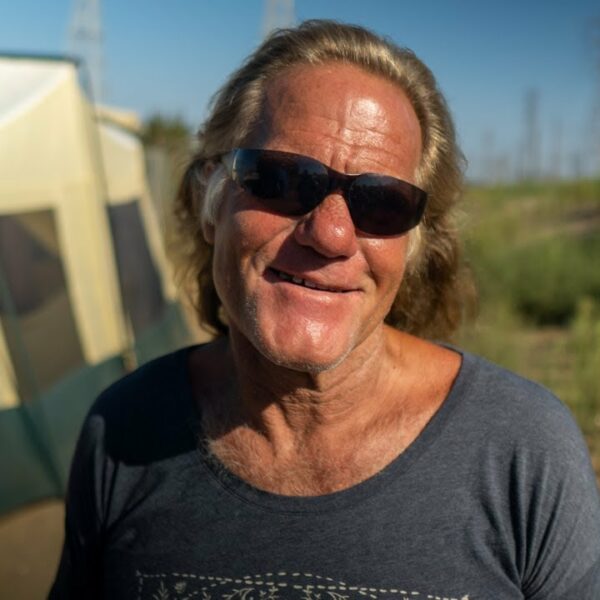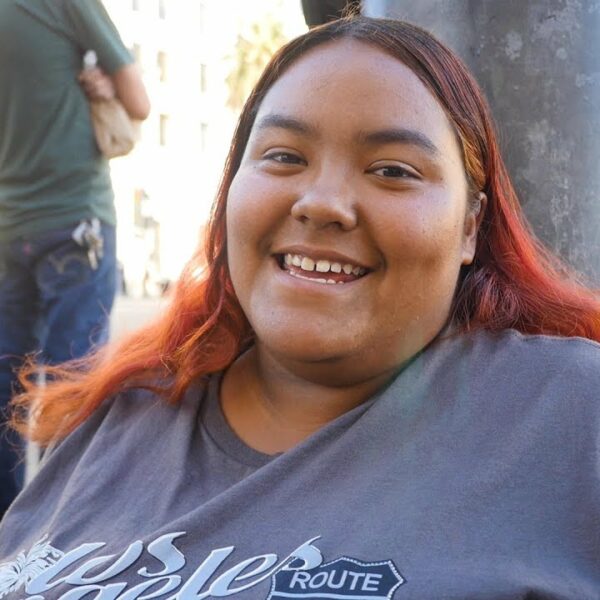For many former female convicts, homelessness is just another jail cell without bars.
You’ve likely heard a few stories about the horrors of female imprisonment. If not, that’s only because there have been many orchestrated attempts at keeping the cold hard facts and figures hidden from the general public. Prison privatization has unquestionably created an epidemic of mass incarceration unparalleled to anything previously seen in the history of the world. As such, incarceration statistics have justifiably caused quite a ruckus. But there is one number that isn’t making as much noise as it should. That is the number of female inmates entering prisons in the United States. Statistics prove that women are the fastest growing prison population and that this number has been trending upward since the late ‘70s.
Why Are So Many Women Going to Jail?
The underlying causes are complex, to say the least, with gender-bias disciplinary measures being a leading cause for concern, and the criminalization of domestic abuse victims ranking pretty high as well. One thing that is certain is that most female inmates share a history of abuse. In fact, The National Child Abuse Coalition released a report that showed nearly half of all female prisoners had experienced a form of childhood abuse prior to their sentencing.
When it comes to trauma, neglect, and violence against women, life on the inside of a penitentiary only proves to be more of the same. Women behind bars have a significantly increased chance of becoming victims of sexual assault while simultaneously being offered fewer opportunities for rehabilitation. Rehabilitation is one of many needs among female convicts that are unabashedly being ignored. Other distinctly feminine issues cropping up in female prisons all the time include:
- A lack of sanitary pads and tampons
- A rampant rate of MRSA infections due to inadequate hygiene supplies, particularly products necessary for feminine cleansing
- Gender bias legislation
- Abuse at the hands of authority figures
In the comfort of your living room, as you read this by the glow of a laptop or cell phone, it might be difficult to imagine a reality where basic needs like tampons are denied or worse, only made available in exchange for sexual favors. Sadly, this is true. What’s worse is that the above listed conditions also ring true of another disenfranchised group—homeless women.
Homeless Women and Female Prisoners Share Shocking Statistical Commonalities
The similarities between women behind bars and women living on the streets are too striking to go overlooked.
The chart below should serve as a visual aid to provide insight into the very unique dilemmas these two seemingly unrelated groups share.

It is said that the prison system wasn’t “built with women in mind”. I’d like to think, or at least hope, that the same isn’t true of society. Yet every day, the number of homeless women giving birth increases in major cities; and every year, upwards of 2,000 babies are born to women while they are incarcerated.
Due to the ever increasing rates of homelessness and imprisonment among women, more and more babies are born homeless and/or in jail. I would like to present (with evidence) the argument that this is not at all accidental.
There Is a Trail between These Street Corners and Prison Cells and it is Paved by Faulty Legislation
Pregnant women in prison give birth in shackles only to have their screaming infants ripped from their arms within 24 hours of delivery. Homeless women give birth sans medical assistance, exhibiting lower birth weight rates and a higher chance of premature delivery. At this very moment, we are bringing the next generation into this world in the cruelest possible way.
But this is not a new wave in tradition.
There has long existed a trail between alleyways and prison cells, with scattered halfway houses and detention centers in between. The link exists in criminalizing victimhood. In the midst of a housing and financial crisis, where politicians openly admit that we lack the necessary accommodations to provide affordable housing for all, homelessness is still perceived as criminal activity. Los Angeles alone had 14,000 homeless people behind bars for minor crimes in 2016, up 31% from 2011. In varying different regions across the United States, the following activities are considered a crime:
- Loitering
- Panhandling
- Public Camping
- Sleeping in a Vehicle
To make matters worse, imprisonment is statistically proven to make it even more difficult to secure housing, with ex-convicts reportedly being 10 times more likely to become homeless than other groups. This number goes up even more dramatically when housing insecurity (such as residing in a hotel or room) is taken into account. In fact, it triples.
We Can Do Better
At first glance, the circular pathway that keeps female homelessness and female incarceration cycling might seem easy to ignore. But there is a huge difference between legality and morality. There are still too many cracks to slip and fall through for anyone to assume that conviction is a surefire mark of guilt. It’s important to remember also, that 82% of women behind bars in America were convicted of non-violent crimes. Tragically, too many of them will be forced to return to the street corners and alleyways they were taken from, perhaps even raised or born in.
This doesn’t have to be America in 2019. We can do better. Here are some charities dedicated to helping incarcerated women and homeless women:













